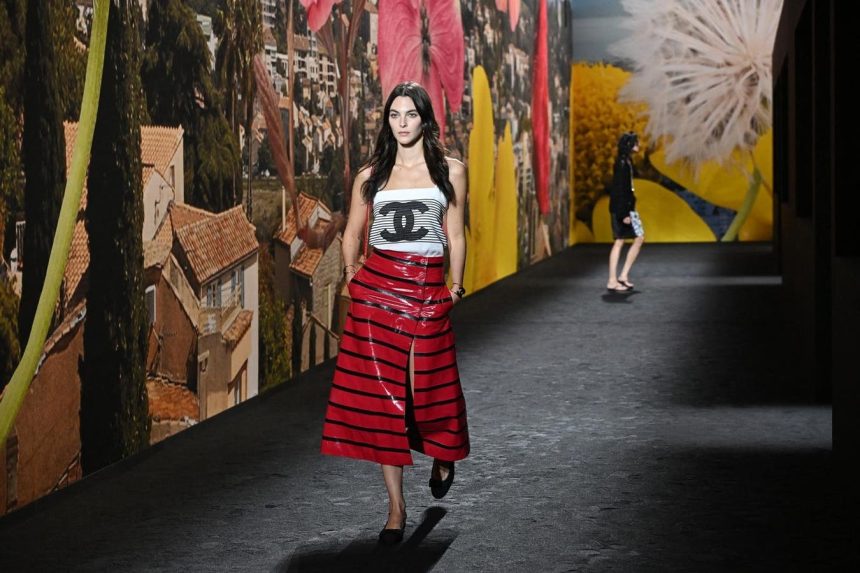Glance, a pioneer in generative artificial intelligence (GenAI), is revolutionizing the fashion industry with its cutting-edge app. The app, developed by Naveen Tewari, a renowned entrepreneur known for InMobi, a unicorn mobile advertising platform, aims to bridge the gap between traditional retail browsing and personalized, inspiration-led discovery. By using personal selfies and vast retail spending data, Glance generates curated, visually appealing clothing recommendations. Users then receive aesthetic avatars tailored to their(input), which they subsequently guide to specific retailers through a seamless process. This innovative approach combines personalization with global e-commerce, fostering a deeper connection between customers and fashion consumers. Tewari notes that trials in the U.S. have garnered 1.5 million users, with nearly half engaging daily. The app’s success is attributed to its powerful customer experience, and the open architecture of Glance’s technology enables seamless integration with hardware, such as phones and TVs, as well as potential expansion into other verticals like accessories and home furnishings.
Glance’s business model leverages significant user engagement to drive revenue, but its success is underpinned by its scalability and ability to embed AI tools into hardware. By targeting 50 million users annually within the next 12 months, Glance aims to establish itself as a leader in e-commerce digitization. One of Tewari’s key insights is that visual search technology has emerged as a game-changing tool for retail, replacing traditional text-based interactions. The global visual search market is projected to reach $150 billion by 2032, driven by innovative tools like Amazon’s product catalog browsing and platforms such as The New Black, which allow users to upload photos of clothing and products to receive recommendations for personalization.
This trend aligns with the broader shift in retail towards “visual search,” where users are directed to relevant content through descriptions of products or a ‘star map’ of similar items. Innovations like Miros, a London-based visual AI e-commerce platform, andPixel AI, which facilitates quicker product listings, exemplify the potential for integrating AI into e-commerce. These tools aim to enhance the shopping experience, making it more convenient, personalized, and interactive.
For younger consumers, such as millennials and Gen Z, visual search is a hotthreat to existing digital services, targeting their desire for visualize-compliant technology. Analysts at Zion Market Research predict that the visual search era could surpass traditional search capabilities, offering a robust cross-s neighboring tool, similar to Amazon’s store browsing function. TheKind of Visual Search Showcase, with Amazon’s ‘aim in mind’ concept, highlights the future of virtual try-on in e-commerce, enabling shoppers to virtually try-on items as they’d in store.
As the technology evolves, the fashion industry is embracing these innovations to enhance personalization and convenience. The New Black app, for instance, combines visual search with personalization by allowing users to upload their own images and then receive suggestions for clothing or accessories. Google’s virtual try-on feature, which explores virtual try-on capabilities, is being trialed in the US to offer even more personalization. These advancements not only cater to the evolving needs of contemporary consumers but also outline a roadmap for future retail with the application of computational intelligence and visual search technologies.



